
Your Frizz Isn’t Dryness — It’s Over-Conditioned
Most people describe their curls as dry, but what you’re seeing might not be dryness at all.Soft frizz, limp curls, dullness, and lack of definition
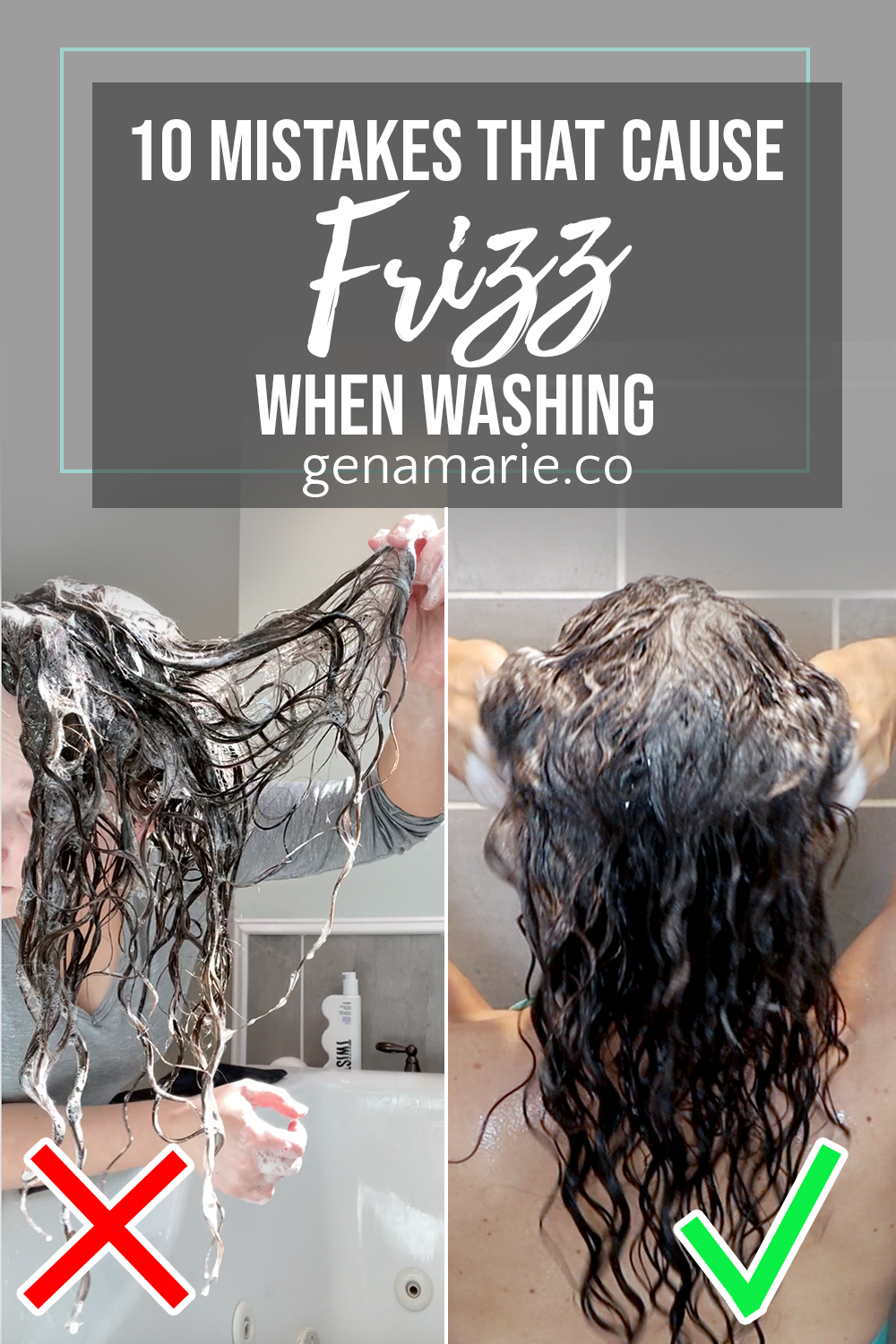
This post is sponsored by Twist.
Frizz is very common when styling naturally curly hair, but did you know frizz can also be from improper washing techniques? Friction, tangles, damage, dryness, and buildup can all be culprits of frizz. For today’s post, we’ll be discussing 10 common mistakes and solutions to prevent frizz from forming before you style.
Disclaimer: there is no right or “wrong” way to style your curls. If you’re doing any of these “mistakes” and you like your result, keep doing them! This post is intended to share some things that I have tweaked in my wash day routine that have reduced frizz if that is something you’re looking to tame.
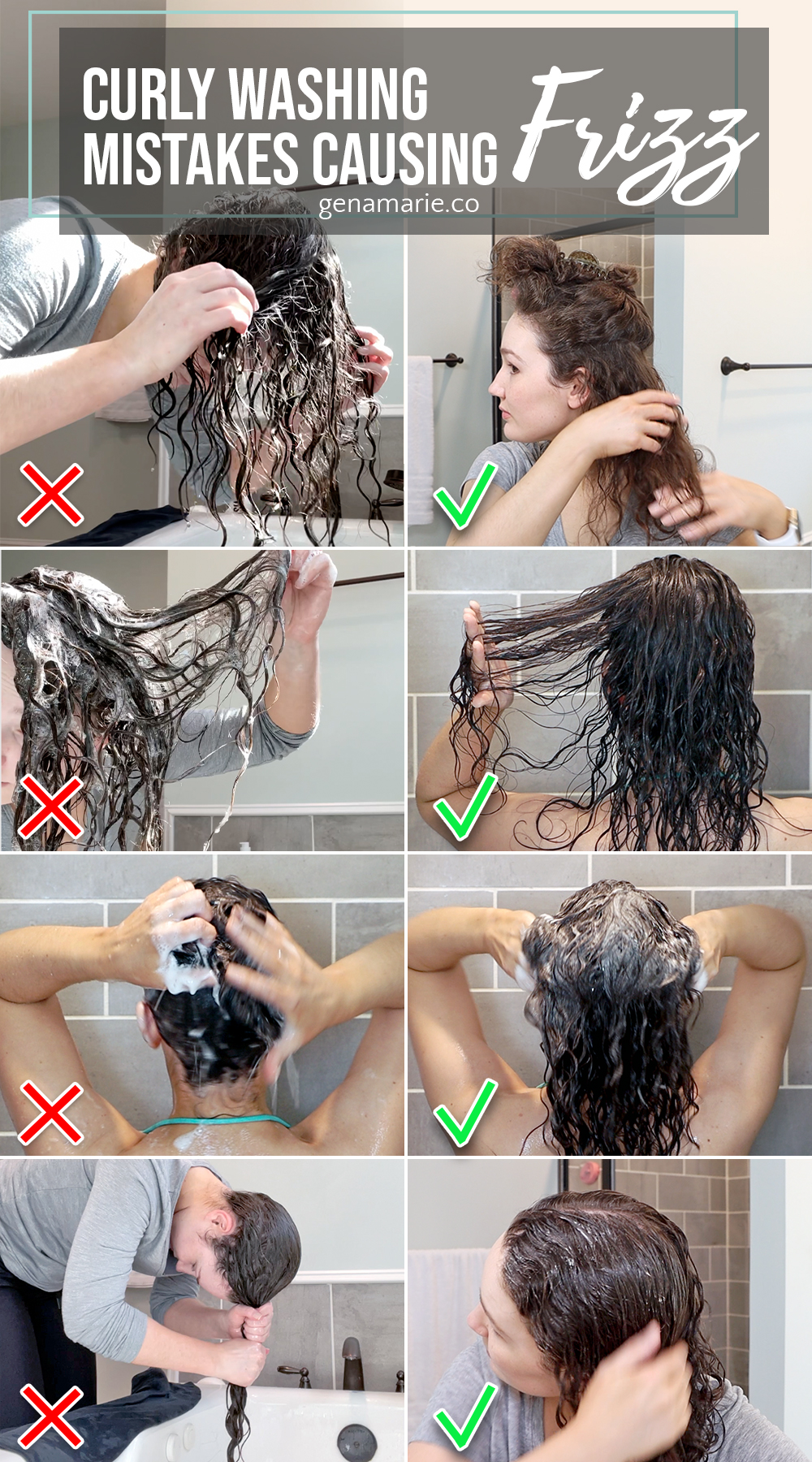
Styling products used:
Twist Weather Up Lotion
Twist Weather Up Gel
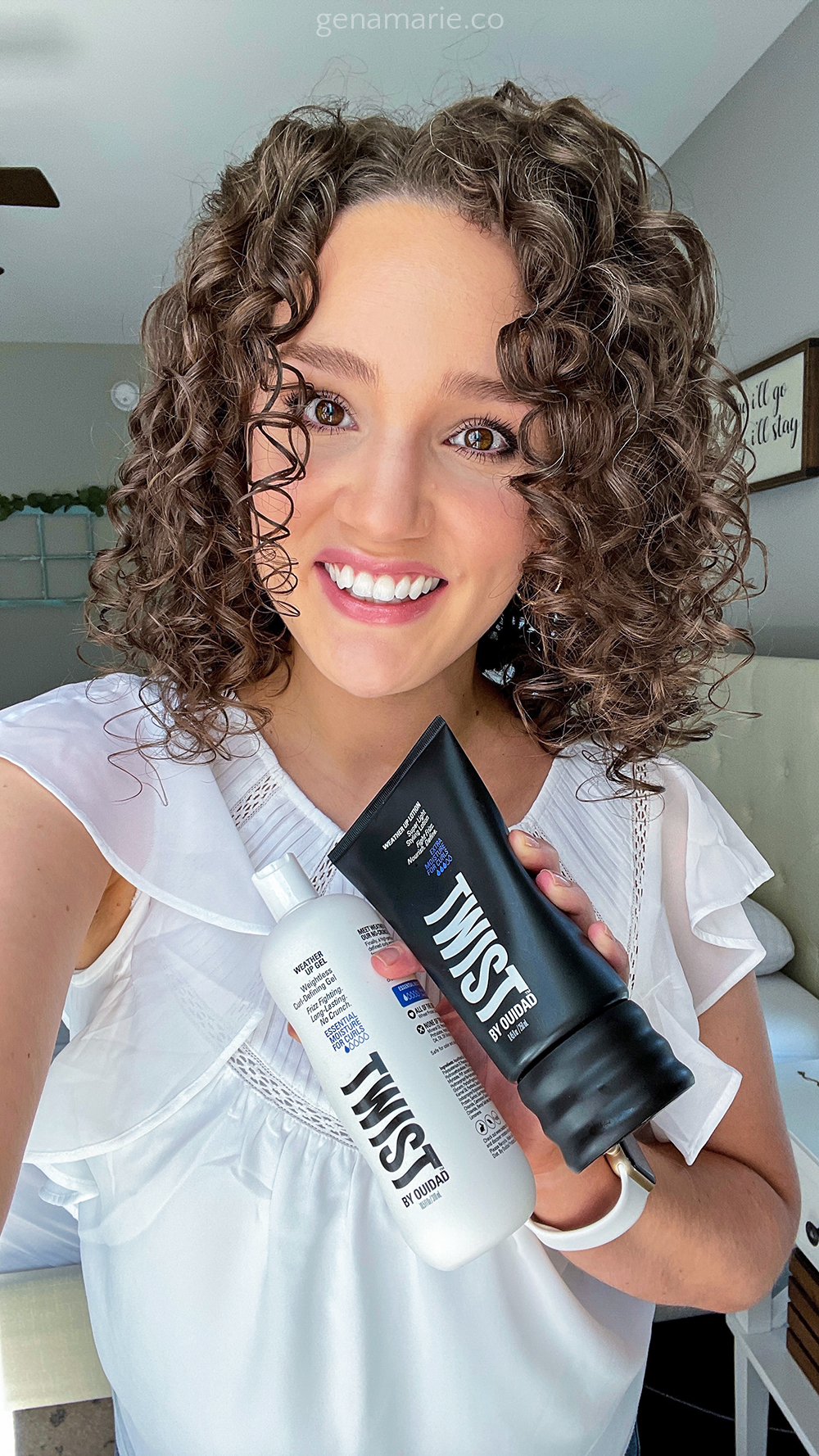
Overall, frizz is inevitable and not necessarily something that needs to be “fixed.” However, these techniques can help reduce frizz so that the styling process is easier. If you make any of these tweaks to your hair routine, definitely let me know if they helped reduce your frizz!


Most people describe their curls as dry, but what you’re seeing might not be dryness at all.Soft frizz, limp curls, dullness, and lack of definition

Light and medium-hold gels are one of the biggest categories out there — and honestly, most of them don’t work. I’ve tested hundreds of gels.
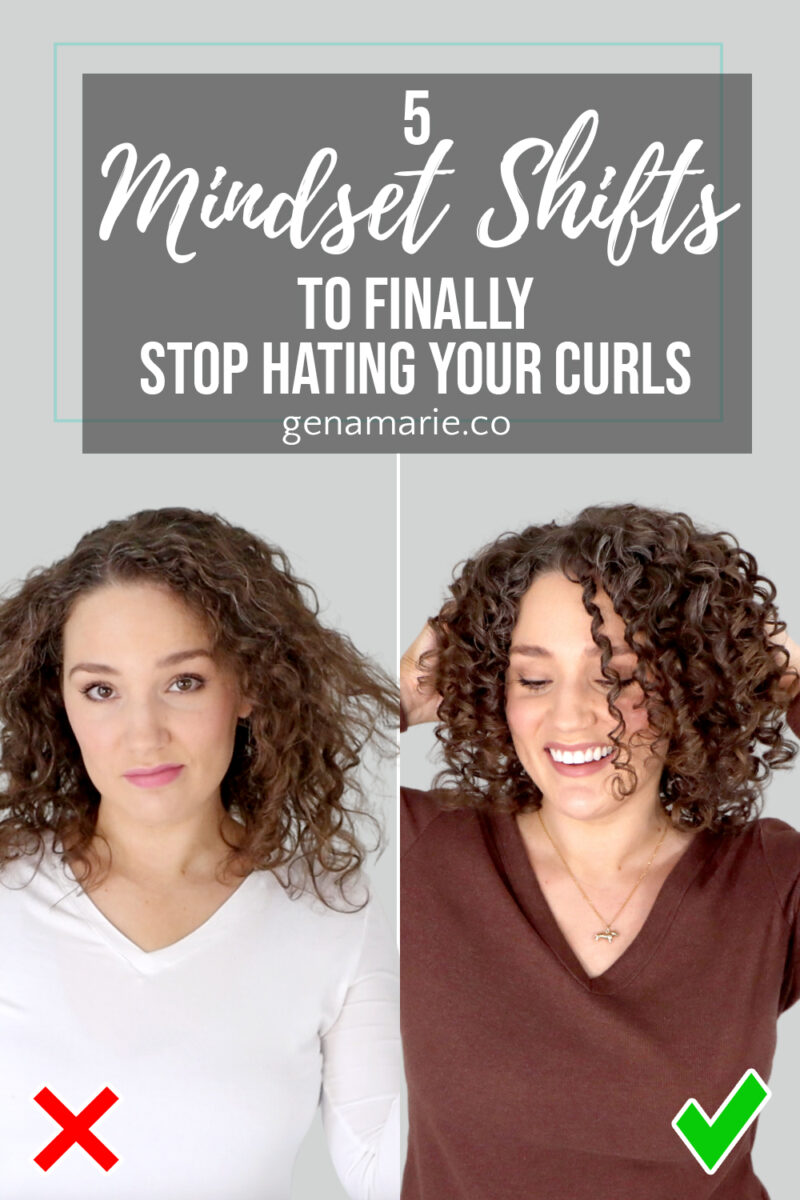
If you’ve ever felt frustrated with your hair or caught yourself thinking, “I just have bad hair,” “Nothing ever works for me,” or “My curls
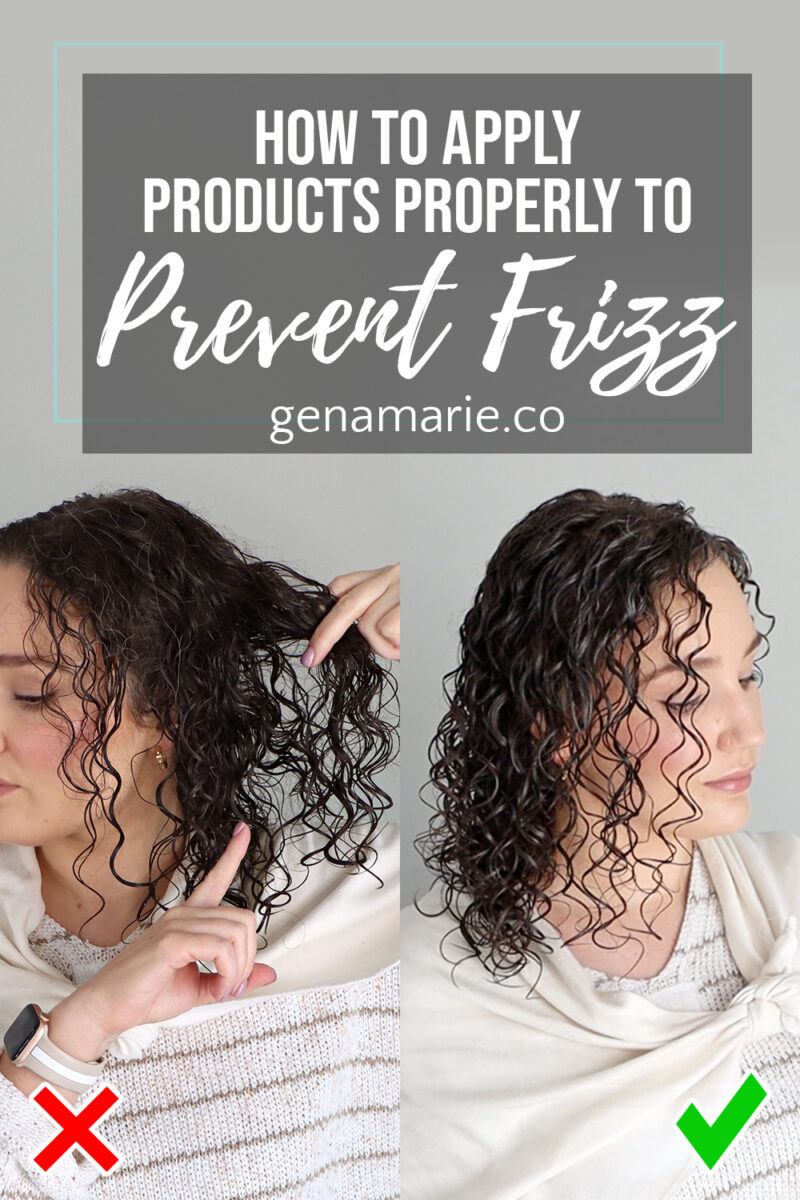
If you’re still getting frizz even though you’ve tried so many products, the issue may not be the products at all — it might be